You've probably heard about the cardiovascular and performance-related benefits of nitric oxide (NO), a gaseous molecule that triggers vasodilation by relaxing the smooth muscle lining of arterial tissue. Expanding arterial diameter reduces blood pressure and heart rate, which has two important benefits. First, it can enhance athletic performance and aid recovery through improved circulation.[1] Secondly, in the long run, it can significantly diminish the risks associated with hypertension, stroke, and heart attacks.[2]
While there are tons of NO-boosting ingredients, citrulline is probably the most common -- it's the headliner ingredient in pretty much every pre-workout formula, including Harness, from Arms Race Nutrition. We do love citrulline – it's a cheap and effective NO-booster, and comes with all the usual benefits.
But Harness also contains an NO booster we've never written about before. It's called ViNitrox, developed by Nexira, and it consists of polyphenols from grapes and apples.
This article explains this ingredient, but first, check out our coupon-based prices and availability on Harness and sign up for our Arms Race Nutrition news:
Arms Race Nutrition Harness Pre-Workout – Deals and Price Drop Alerts
Get Price Alerts
No spam, no scams.
Disclosure: PricePlow relies on pricing from stores with which we have a business relationship. We work hard to keep pricing current, but you may find a better offer.
Posts are sponsored in part by the retailers and/or brands listed on this page.
This area is reserved for Team PricePlow's upcoming Research Study video.
Subscribe to our channel and sign up for notifications so you catch it when it goes live!
ViNitrox – A High-ORAC Nitric Oxide (NO) Booster
Independent research has repeatedly shown that grape-derived polyphenols can increase NO synthesis and bioavailability,[3,4] and improve endothelial function.[5] The same goes for apple polyphenols.[6]
What makes ViNitrox special is its design philosophy and manufacturing process, which both emphasize selection of polyphenols with the highest possible antioxidant capacity, as measured by the oxygen radical absorbance capacity (ORAC) score. Besides the general benefits of antioxidants, which we've surely all heard about by now, this also has some benefits specific to the upregulation of NO.
The NO Paradox – Vasodilation (Good), But Oxidative Stress (Bad)
While we love NO for its ability to trigger vasodilation and support cardiovascular health and function, NO can have a dark side too. That's because the NO molecule is thermodynamically unstable and can easily react with a huge range of other compounds.[7]
This comes with two problems:
- The chemical degradation of NO usually generates potentially damaging free radicals.[7,8] This can increase oxidative stress on the body, causing damage to a variety of tissues (including arterial or venous tissue).[8]
- The more oxidative stress you're under, the faster NO is degraded, which can have negative consequences on cardiovascular function, including high blood pressure and dangerous clotting.[9] This is an especially big problem because NO has a short half-life to begin with, so it's easy to wind up with a deficiency of NO, and constricted arteries, if oxidative stress isn't managed.[10]
So it stands to reason that if we upregulate NO, we should also want to increase the body's antioxidant reserve, both to mitigate the potential downside of increased NO production, and to increase the effectiveness of extra NO!
Why High-ORAC NO Boosters Make Sense
The easiest way to do this is by simply taking antioxidants along with a NO-boosting compound. And that's exactly why the team at Nexira prioritized the highest-possible ORAC score they could when they designed and manufactured ViNitrox.
According to Nexira, each batch of ViNitrox has a minimum guaranteed ORAC of 6,000 µmol TEq per gram. Compare this to the ORACs of blueberries at 3,141 and cocoa powder at 1,588.[11]
PricePlow's editorial comment
We believe that human beings' evolutionary context holds the key to understanding our own physiology. So, with that in mind, it's interesting to think about the foods that are prized for their ability to increase NO activity. If we made a complete list of NO-boosting superstars, it would include the following:
- Green tea
- Garlic
- Pomegranate
- Beets
- Dark chocolate
- Leafy greens
- Citrus fruits
What all of these have in common is an incredibly high antioxidant capacity. With that in mind, it's not surprising that the human body might do best with extra antioxidant support when NO is upregulated.
ViNitrox Human Study (2017) – 9.7% Longer Time to Exhaustion
One of the reasons we're featuring ViNitrox in a dedicated article is that this ingredient, in addition to in vitro and in vivo and ex vivo animal studies, also has a randomized, double-blind, placebo-controlled study in humans backing its use.
This type of study design is the gold standard for scientific research and counts for a lot – and, of course, while in vitro and animal studies can be good, we always like to cover human studies when possible.
In this study, 48 physically active men with an average age of 31 were randomized to receive either 2 capsules containing 500 milligrams of ViNitrox, or 2 capsules of an inert placebo (maltodextrin, in this case). Then, 1 hour later, they performed an endurance test that consisted of cycling at 70% of their maximal aerobic power until they were too exhausted to continue.
This was a crossover study, which means the subjects served as their own controls: After a 1-week washout period, the volunteers took the other treatment and performed the same time-to-exhaustion test 1 hour after dosing, just the first round.[12]

In a crossover study, subjects serve as their own controls. They took one treatment, performed the test, and after a 1-week washout period, performed a second test after taking the other treatment.[12]

After taking ViNitrox polyphenols, subjects performed much better on a cycling endurance test than they did after taking a placebo.[12]
The researchers found that after taking ViNitrox, the subjects cycled 9.7% longer than they did after taking the placebo.[12] That's a huge effect size!
Additionally, it took 12.8% longer after ViNitrox for the subjects to reach maximal perceived exertion.[12] In other words, it took a lot longer for them to feel tired as well.
As you can see from the study's data, parameters like VO2, heart rate, and blood pressure weren't affected by ViNitrox, so it's logical to ask what could be the mechanism of action behind ViNitrox's performance benefits.
According to the authors of the study, previous research tells us that the effect is mediated by increased muscle perfusion, which enables greater oxygen and glucose uptake by muscle cells.[12]
Longer time to recovery?
The other interesting finding here was the longer time to half-recovery for VO2. This parameter is defined by the amount of time it takes for oxygen consumption to reach half the value measured at the end of the exercise test.[12]
As you can see, VO2 recovery was actually about 16% longer with ViNitrox polyphenols. This may seem like a negative effect since accelerated recovery is something we typically expect to see from NO boosters.
But there's no contradiction: there are different types of recovery. When we talk about NO-mediated vasodilation improving recovery, we're referring to muscle repair and hypertrophy,[5] as opposed to the recovery of aerobic capacity that was measured in this study.
Here's the study authors' comment on ViNitrox and aerobic recovery:[12]
"Therefore, the lengthening of the recovery that could reflect the existence of an oxygen debt might be surprising when considering NO effects. However, it is in agreement with the longer duration of the endurance tests. Indeed, the duration of the O2 debt has been shown to be directly related to the exercise duration."
In other words, ViNitrox didn't necessarily affect recovery time at all. The subjects took longer to recover their aerobic capacity simply because ViNitrox enabled them to exercise for a longer duration.[13]
Conclusion
Nearly 10% longer time to exhaustion at a relatively high level of intensity is a pretty huge effect size – we typically see much smaller effects from much more popular and widely-accepted NO boosters.
The industry's go-to NO booster, citrulline, is starting to show its age. Lately we've been asking, what will be the next citrulline? Based on the results we've seen here, it could very well be ViNitrox. Of course, it'll take significantly more human research than just one study to establish ViNitrox's bona fides.
Arms Race Nutrition Harness Pre-Workout – Deals and Price Drop Alerts
Get Price Alerts
No spam, no scams.
Disclosure: PricePlow relies on pricing from stores with which we have a business relationship. We work hard to keep pricing current, but you may find a better offer.
Posts are sponsored in part by the retailers and/or brands listed on this page.
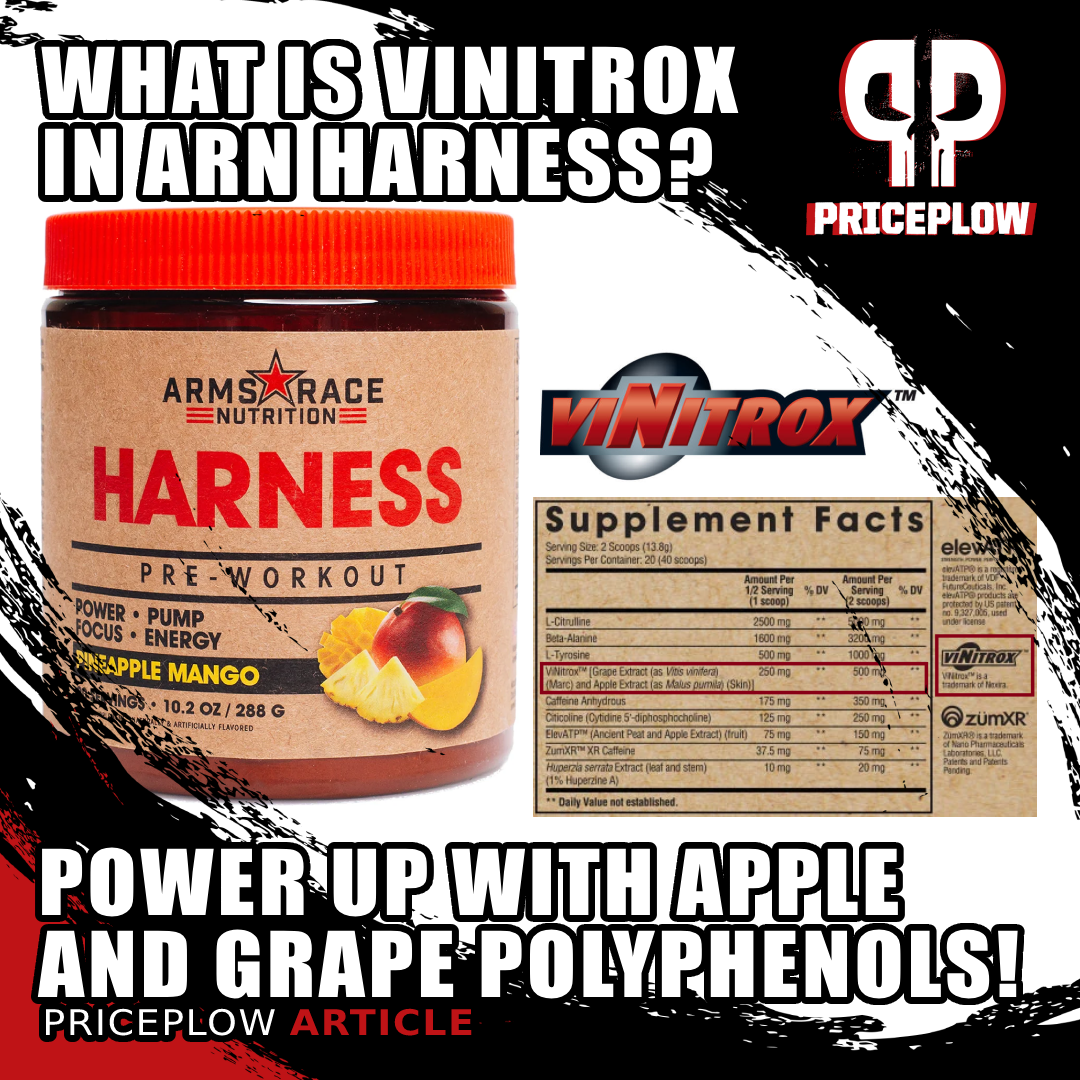
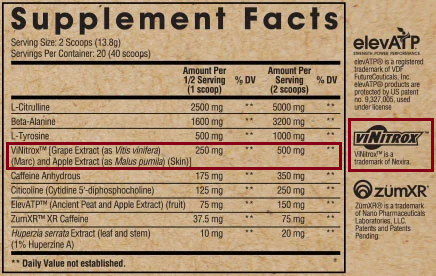
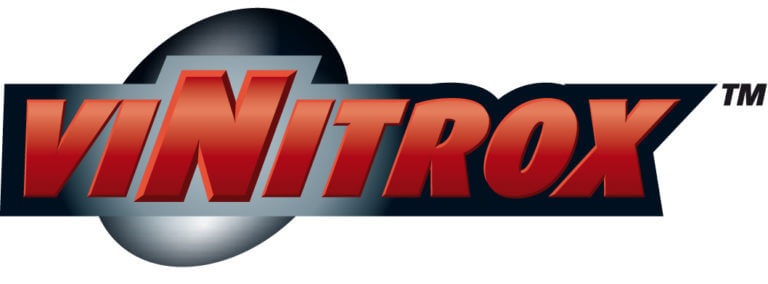
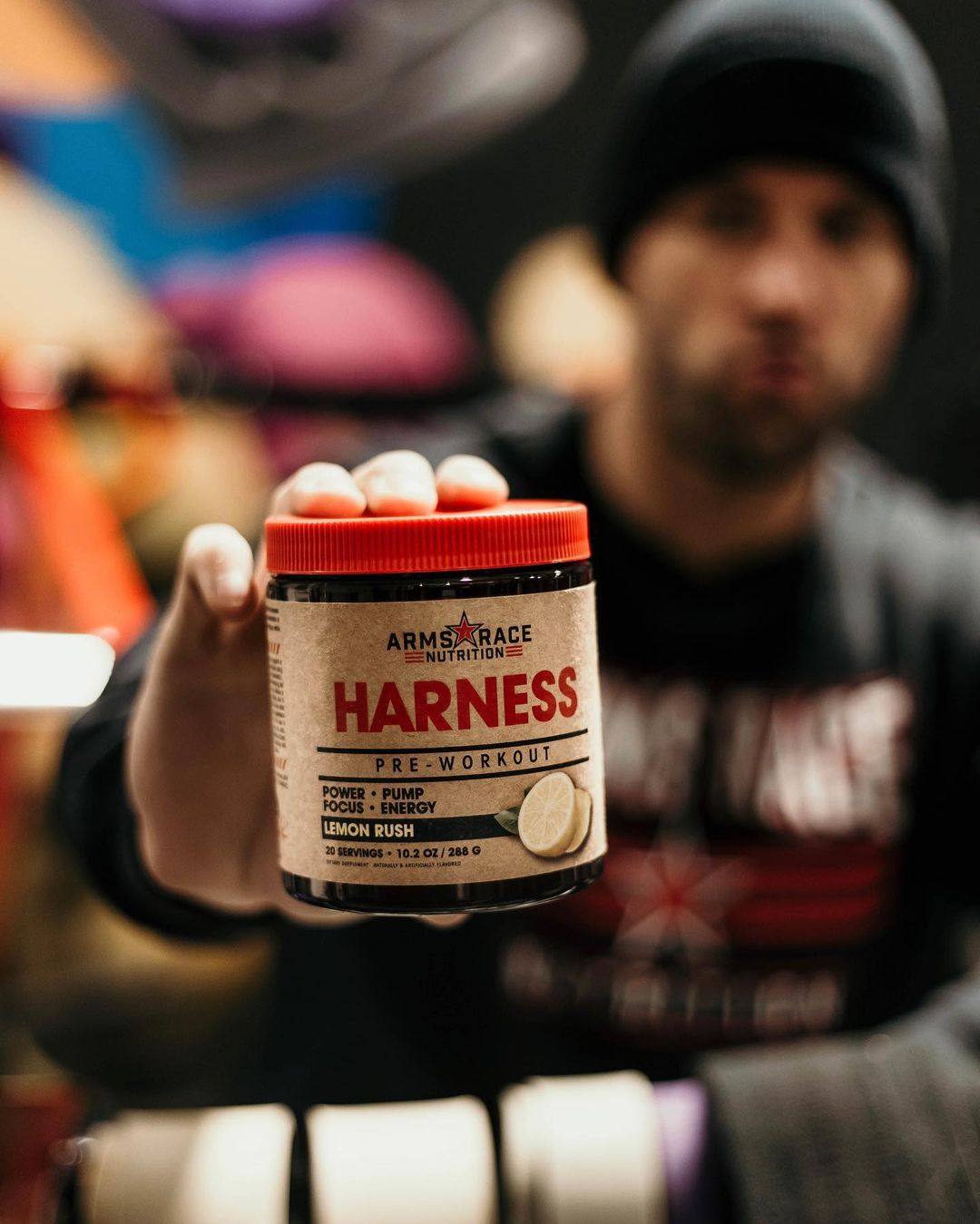
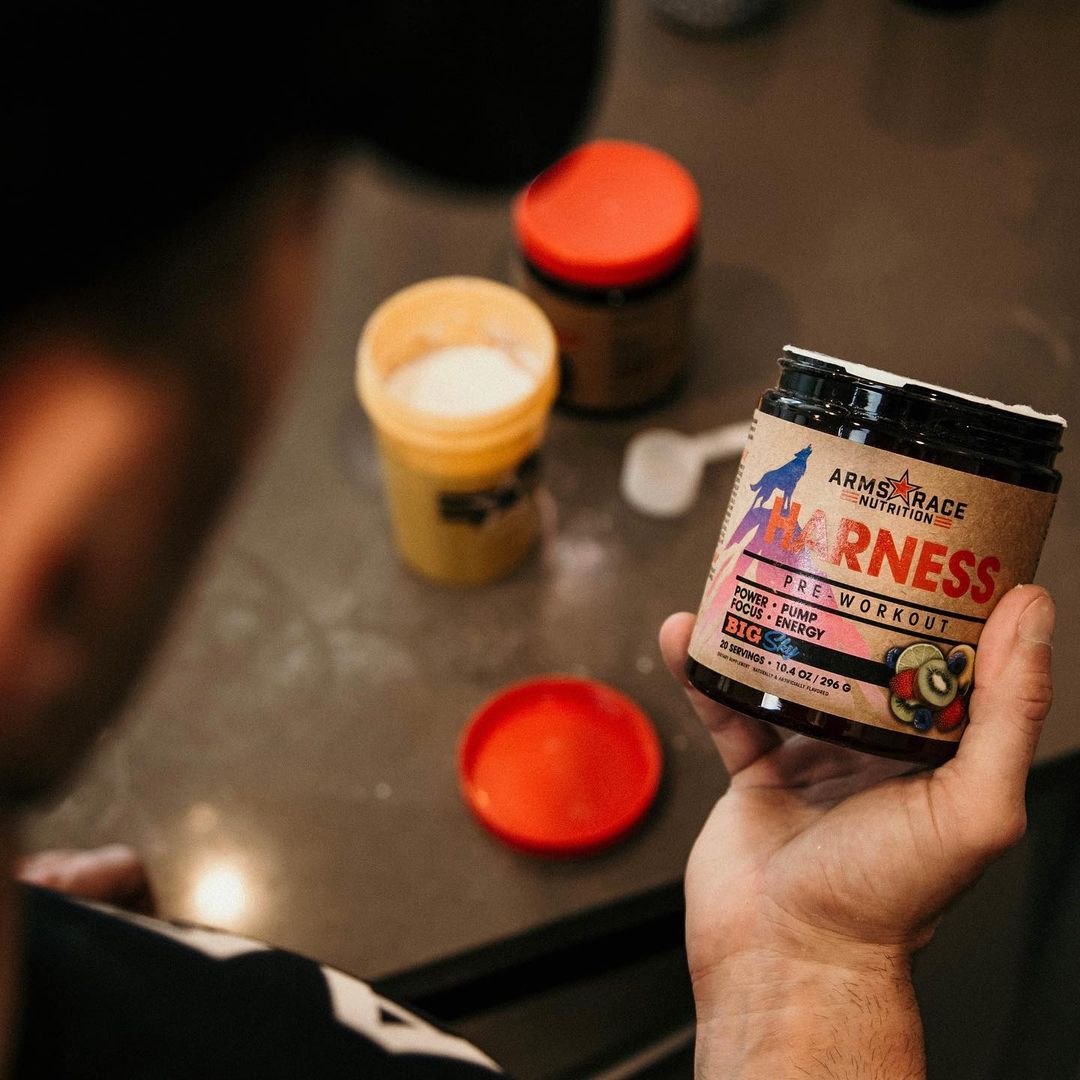
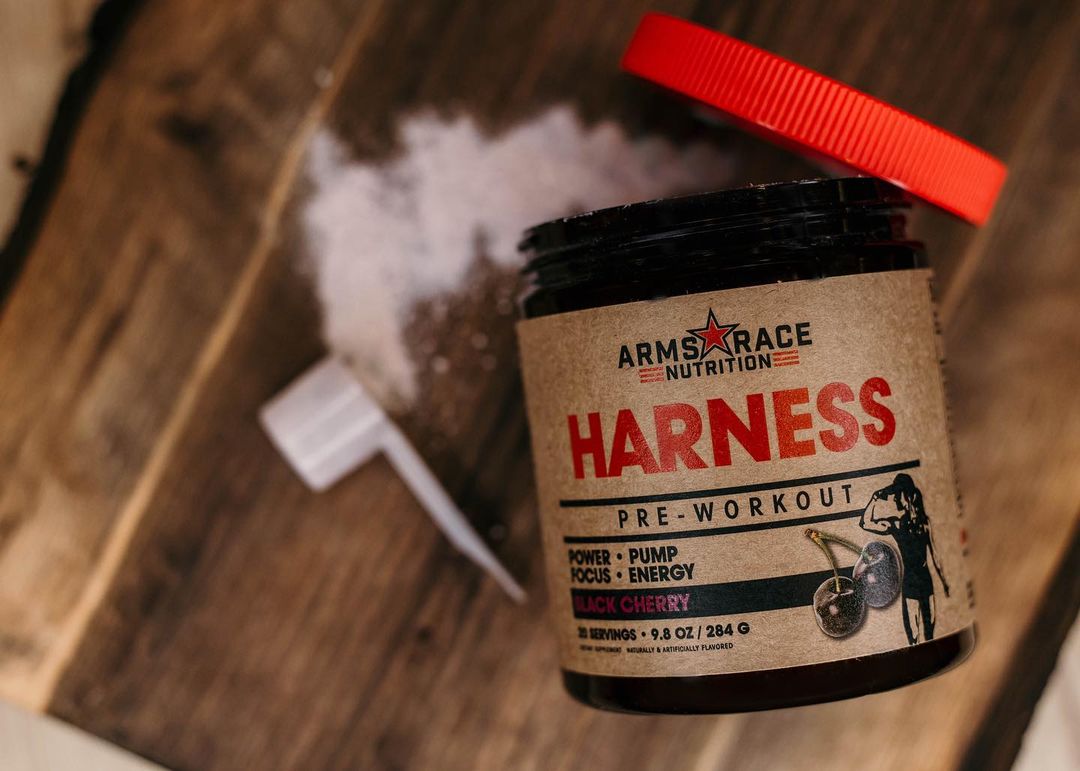


Comments and Discussion (Powered by the PricePlow Forum)